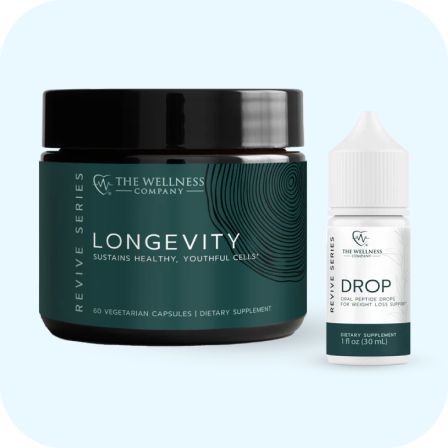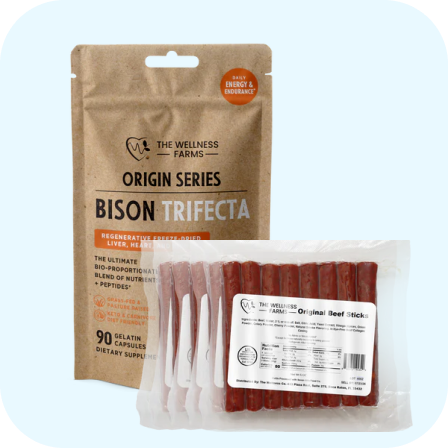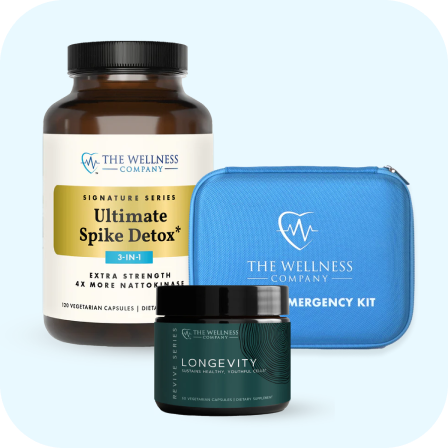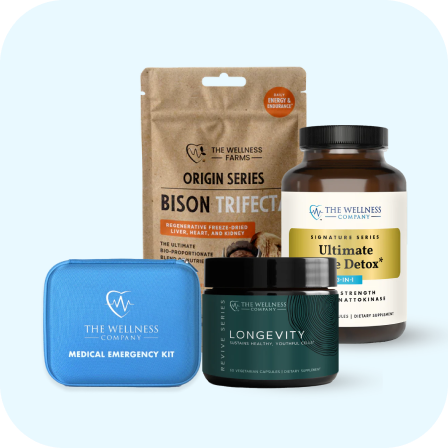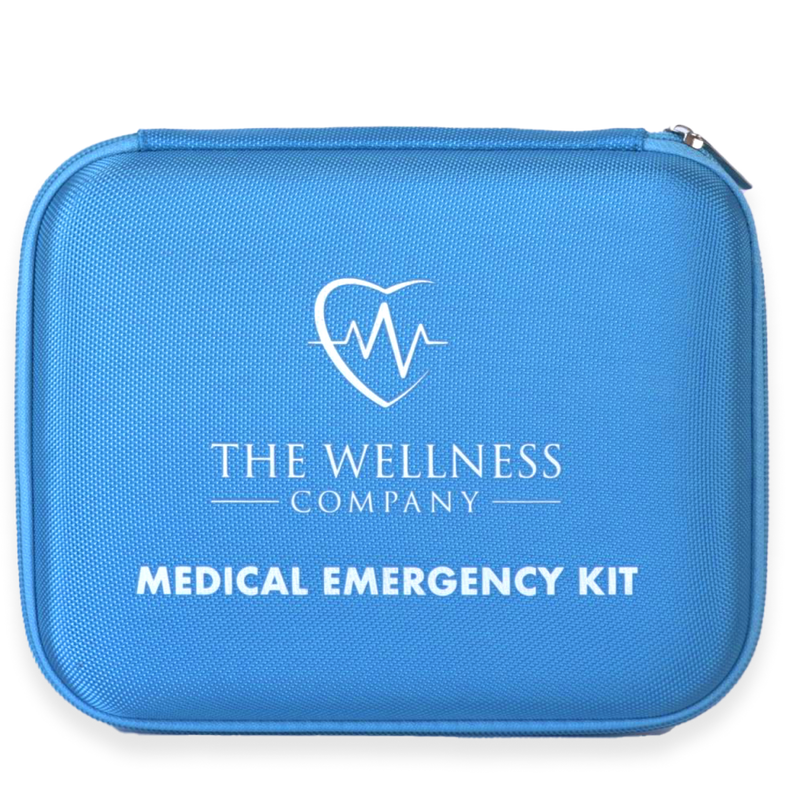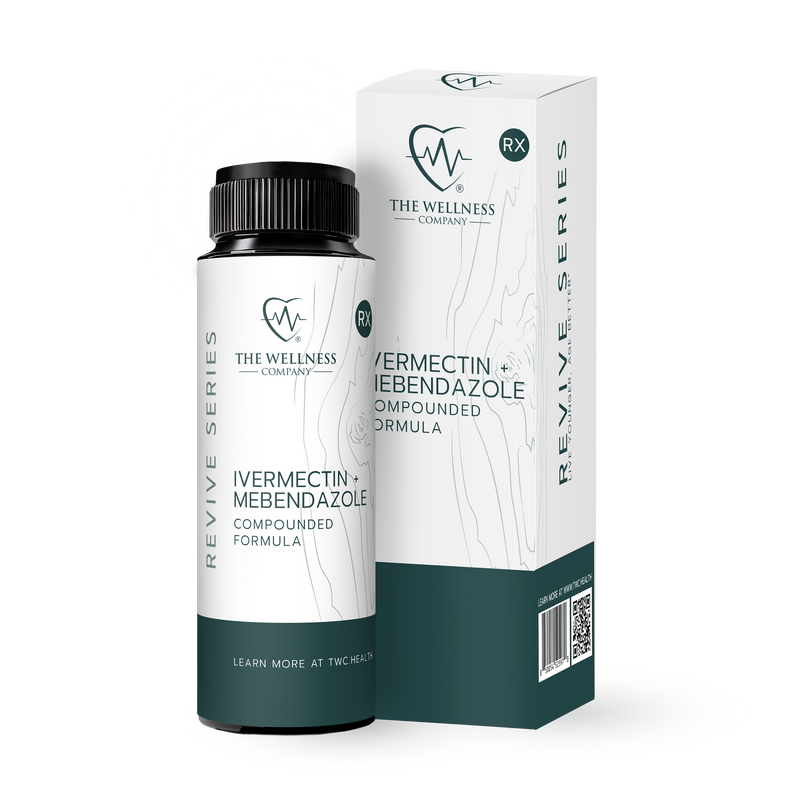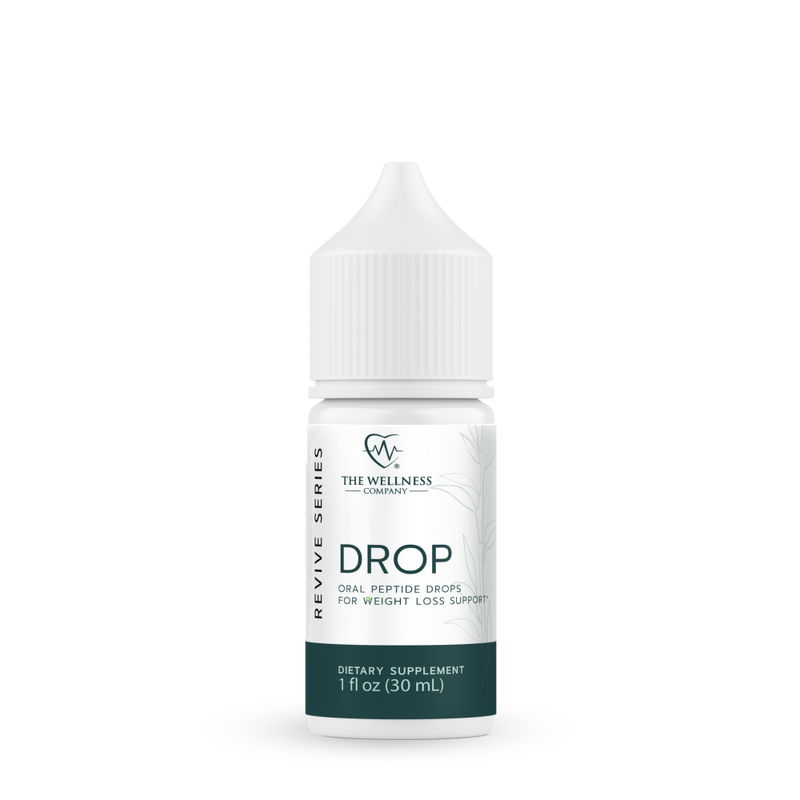“Grass Fed and Finished” or “Grass Fed”

What’s the Difference?
Historically, cattle grazed on sun-kissed grass and foraged for plants that met their nutritional needs. They lived in fields untouched by human hands, with abundant room to roam.
Fast forward to the 1950s, when Concentrated Animal Feeding Operations (CAFOs) were introduced to the poultry industry. Later adopted by the pig and cattle industries, CAFOs now dominate the market. Today, over 90% of meat sold in grocery stores originates from CAFOs.[1]
Animals in CAFOs are housed in crowded, substandard conditions, routinely fed grain and silage, and administered antibiotics to manage disease. This leads to meat with poorer nutritional quality.
While CAFO meat may be cheaper, the long-term cost to human health is significant.
The Difference Between Grass-Fed and Grass-Finished
Many consumers know “grass-fed” beef is more nutritious. But not all “grass-fed” meat is created equal. Labels can be deceptive—“grass-fed” doesn’t always mean 100% grass-fed. Some cattle are grass-fed early in life and grain-finished just before harvest.
Here's a comparison of grass-fed & finished, grass-fed & grain-finished, and conventional beef:[2,3,4,5]
| Nutrient/Factor | Grass-Fed & Finished Beef | Grass-Fed & Grain-Finished Beef | Regular Store Beef (Grain-Fed) |
|---|---|---|---|
| CLA Content (Linked to reduced cancer & chronic disease) |
2–4x higher than grain-fed | Higher than regular, but less than fully grass-finished | Lowest |
| Omega-3 to Omega-6 Ratio | ~1:3 or better | Higher omega-3 than regular, but lower than fully grass-finished | 1:15 or higher |
| Total Fat | Lower | Intermediate | Highest |
| Protein | Slightly higher | Similar to others | Slightly lower |
| Vitamins (A, E, Antioxidants) | Higher (esp. E, carotenoids, glutathione) | Higher than regular, but less than fully grass-finished | Lower |
| Other Notes | More phytonutrients, less cholesterol-raising SFAs, more favorable muscle composition | Some benefits of grass feeding retained | More marbling, less beneficial fatty acid profile |
Why It Matters[4,5,6]
- 100% Grass-Fed & Finished: Cattle eat only grass and forage their entire lives. This results in meat with the best omega-3 to omega-6 ratio, highest CLA, most antioxidants (vitamin E), and more phytochemicals.
- Grass-Fed, Grain-Finished (often CAFO): These cattle begin on grass but finish on grain. This lowers omega-3 and antioxidant content while raising total fat and omega-6s.
- Grain-Fed (CAFO): These cattle are raised entirely on grain. They produce meat with the lowest omega-3, highest omega-6, and fewest antioxidants.
Why the Omega-3 to Omega-6 Ratio Matters
A lower omega-6 to omega-3 ratio (closer to 1:1 or 4:1) is linked to lower inflammation and better overall health. Western diets tend to skew too high in omega-6 (15:1 or more), which contributes to chronic inflammation, raising the risk of heart disease, autoimmune issues, and other conditions.
Grass-finished beef helps shift this ratio back toward balance by providing more omega-3s and fewer omega-6s—making it a more anti-inflammatory food choice.[5,6]
Summary:
Grass-fed and finished beef offers more omega-3s, a better omega-3 to omega-6 ratio, more CLA and vitamin E, and less total fat. This nutrient profile supports better inflammation balance, heart health, and overall wellness.
References
- Ritchie, H. (2023). How many animals are factory-farmed? Our World in Data
- Understanding Ag
- Daley, C. A., et al. (2010). A review of fatty acid profiles and antioxidant content in grass-fed and grain-fed beef. Nutrition Journal, 9, 10.
- Simopoulos, A. P. (2002). Biomed Pharmacother, 56(8), 365–379. Link
- DiNicolantonio, J. J., & O’Keefe, J. H. (2021). Nutrients, 13(9), 3062. Link
- McAfee, A. J., et al. (2011). British Journal of Nutrition, 106(5), 709–718. Link
Written By Brooke Lounsbury








